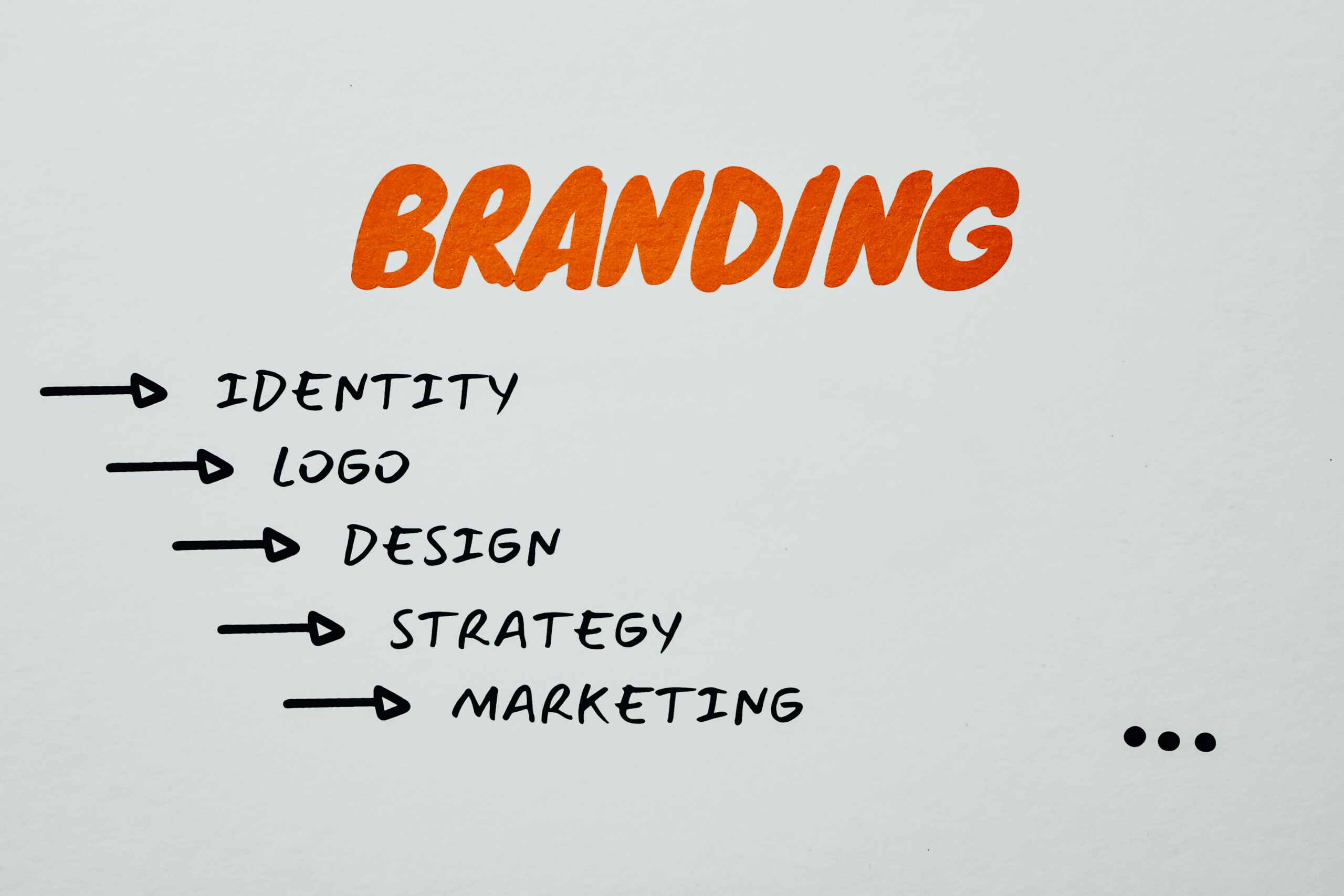In branding, storytelling has emerged as a powerful tool to connect with audiences on a deeper level. By crafting compelling narratives, brands can engage their audience, evoke emotions, and build meaningful relationships. In this article, we will explore the art of storytelling in branding and how it can help you captivate and engage your audience.
Understanding the Power of Storytelling
Stories have a unique ability to capture attention and leave a lasting impact. They tap into our emotions, help us make sense of the world, and create connections. By integrating storytelling into your brand strategy, you can humanize your brand, differentiate yourself from competitors, and resonate with your target audience on an emotional level.
Know Your Audience
Compelling storytelling begins with a deep understanding of your audience. Conduct market research, develop buyer personas, and gain insights into their needs, desires, and pain points. Tailor your stories to address their specific challenges and aspirations, ensuring your brand becomes a relatable and trusted companion on their journey.
Define Your Brand’s Core Narrative
Your brand’s core narrative is the central theme that underpins all your storytelling efforts. It should reflect your brand’s values, mission, and unique selling proposition. Craft a compelling and authentic narrative that showcases what your brand stands for and how it can make a positive difference in the lives of your audience.
Create Engaging Brand Characters
Like characters in a story, brand characters add depth and personality to your brand. Develop relatable and memorable brand characters that embody your brand’s values and resonate with your target audience. Whether it’s a mascot, a spokesperson, or a customer personas, these characters can serve as the face of your brand and help create emotional connections with your audience.
Embrace Authenticity
Authenticity is critical to successful storytelling. Be true to your brand’s identity and values. Craft stories that reflect your brand’s genuine experiences, successes, and challenges. Your audience can sense when a story is forced or lacks authenticity, so strive to create honest, transparent, relatable narratives.
Use the Power of Emotion
Emotion is a powerful tool in storytelling. Tap into your audience’s emotions by creating stories that evoke joy, empathy, inspiration, or nostalgia. Craft narratives that connect with universal human experiences and create emotional resonance with your audience. Emotional connections will make your brand more memorable and foster deeper loyalty.
Incorporate Visual and Multimedia Elements
Visual and multimedia elements enhance the storytelling experience and make it more engaging. Utilize captivating visuals, such as images, videos, and infographics, to bring your stories to life. Consider using music, sound effects, or interactive elements to create a multi-sensory experience that immerses your audience in your brand narrative.
Consistency Across Channels
Maintain consistency in your storytelling across different channels and touchpoints. Ensure that your brand narrative remains consistent, whether it’s your website, social media platforms, advertisements, or customer interactions. Consistency builds trust and reinforces your brand’s identity, helping to create a cohesive and memorable brand experience.
Encourage User-Generated Stories
Invite your audience to your brand’s storytelling by encouraging user-generated content and stories. User-generated stories provide social proof and authenticity and foster community and belonging. Highlight and share customer stories and experiences, creating a platform for your audience to engage with your brand and share their narratives.
Measure and Adapt
Continuously measure the impact of your storytelling efforts. Track engagement metrics, monitor feedback from your audience, and assess the resonance of your stories. Adapt your storytelling strategy based on these insights, refining and evolving your narratives to better connect with your audience over time.
Conclusion
Storytelling is a powerful tool that can elevate your branding efforts to new heights. By understanding your audience, crafting compelling narratives, and embracing authenticity and emotion, you can engage your audience on a deeper level. Remember to incorporate visual and multimedia elements, maintain consistency across channels, and encourage user-generated stories to foster a sense of community. With the art of storytelling, you can create a brand that captivates, inspires, and builds enduring connections with your audience.
FAQs
1. How can storytelling help my brand stand out from competitors?
Storytelling allows your brand to differentiate by creating a unique and memorable identity. Compelling narratives that connect with your audience can set your brand apart. Engaging stories build loyalty and recognition.
2. Can storytelling be compelling for all types of brands?
Yes, storytelling can be compelling for all kinds of brands, regardless of the industry or size. Every brand has its unique story to tell, and storytelling helps humanize the brand and connect with the audience. Storytelling is powerful for engaging audiences, whether B2C or B2B.
3. How can I make my brand stories more authentic?
Focus on being genuine and transparent to make your brand stories more authentic. Share real experiences, successes, and challenges that your brand has faced. Incorporate real customer testimonials and user-generated content to add credibility and authenticity to your stories. Avoid exaggeration or over-promotion, as audiences value honesty and authenticity.
4. Should I use storytelling in all my marketing channels?
Storytelling should be consistent across all marketing channels to maintain a cohesive brand image and message. Your website, social media platforms, advertisements, and customer interactions should reflect your brand narrative. Consistency in storytelling helps reinforce your brand identity and builds trust with your audience.
5. How can I measure the effectiveness of my brand storytelling efforts?
Measuring the effectiveness of your brand storytelling efforts can be done through various metrics—track engagement metrics, such as website traffic, social media interactions, and content shares. Conduct surveys or gather feedback from your audience to gauge their response to your stories. Monitor sales or conversion rates to assess the impact of storytelling on your bottom line. Use these insights to adapt and refine your storytelling strategy.


